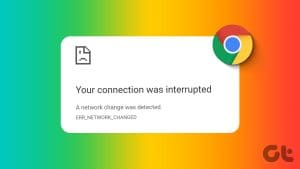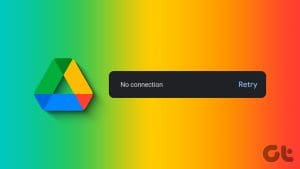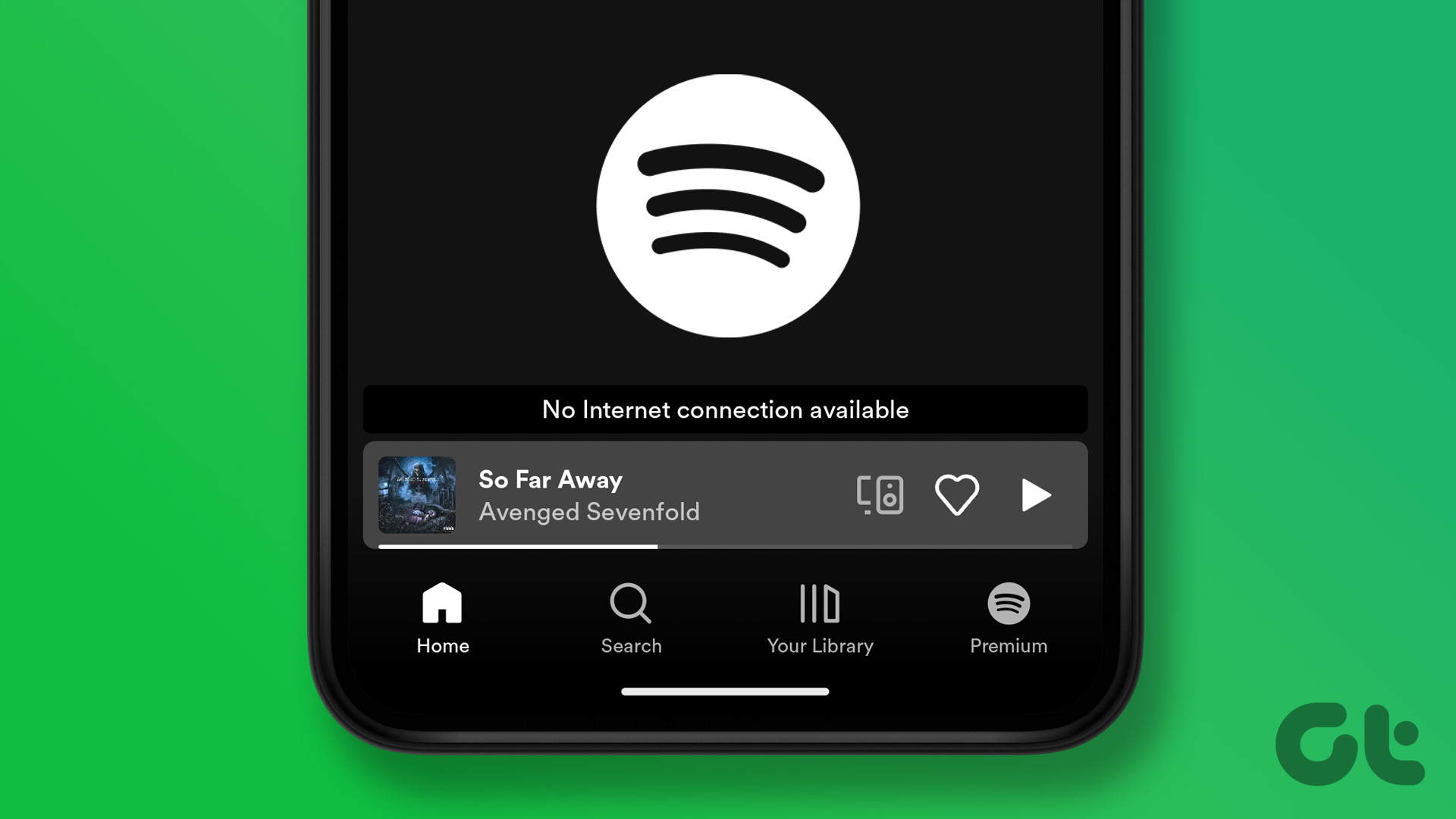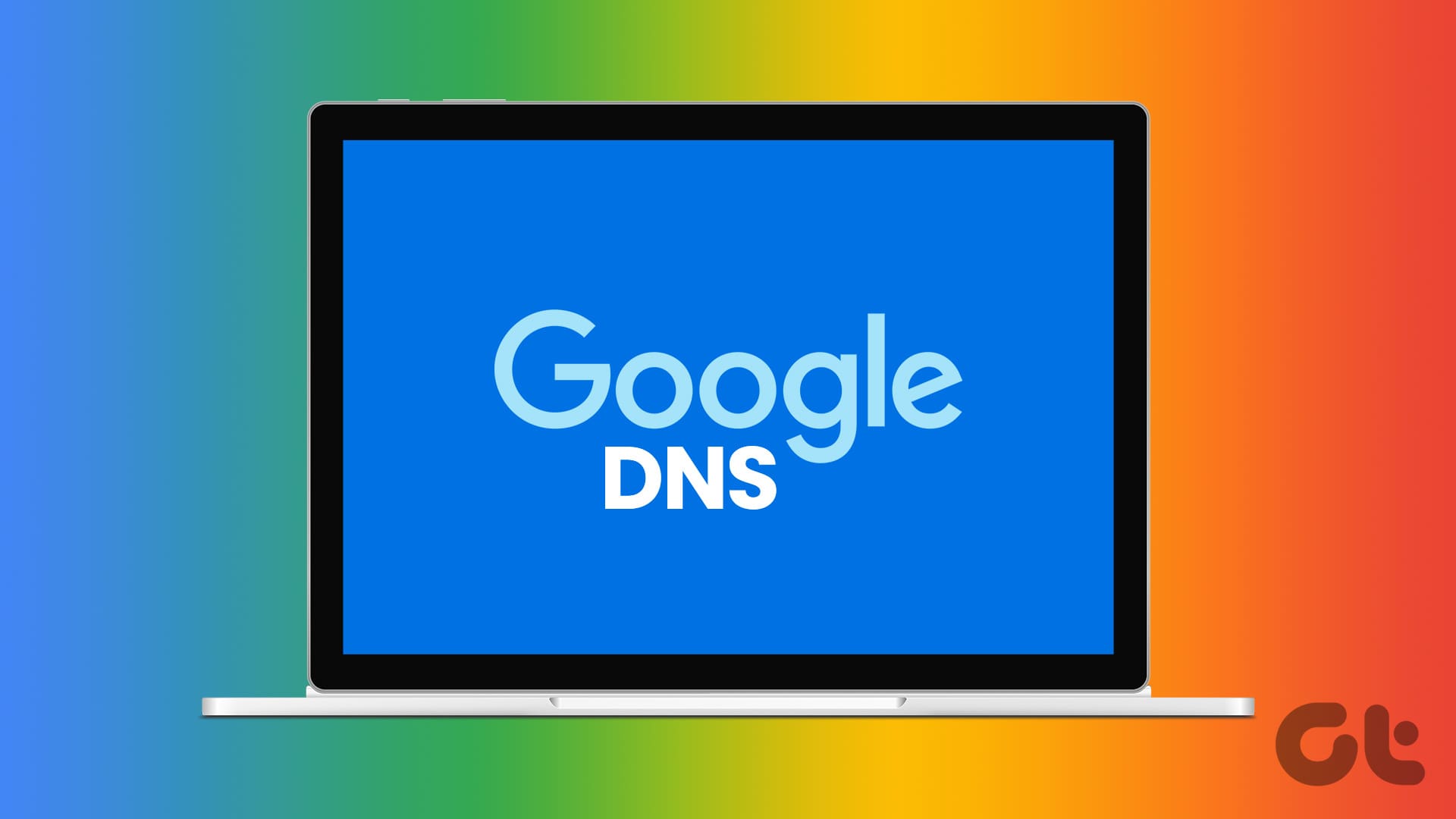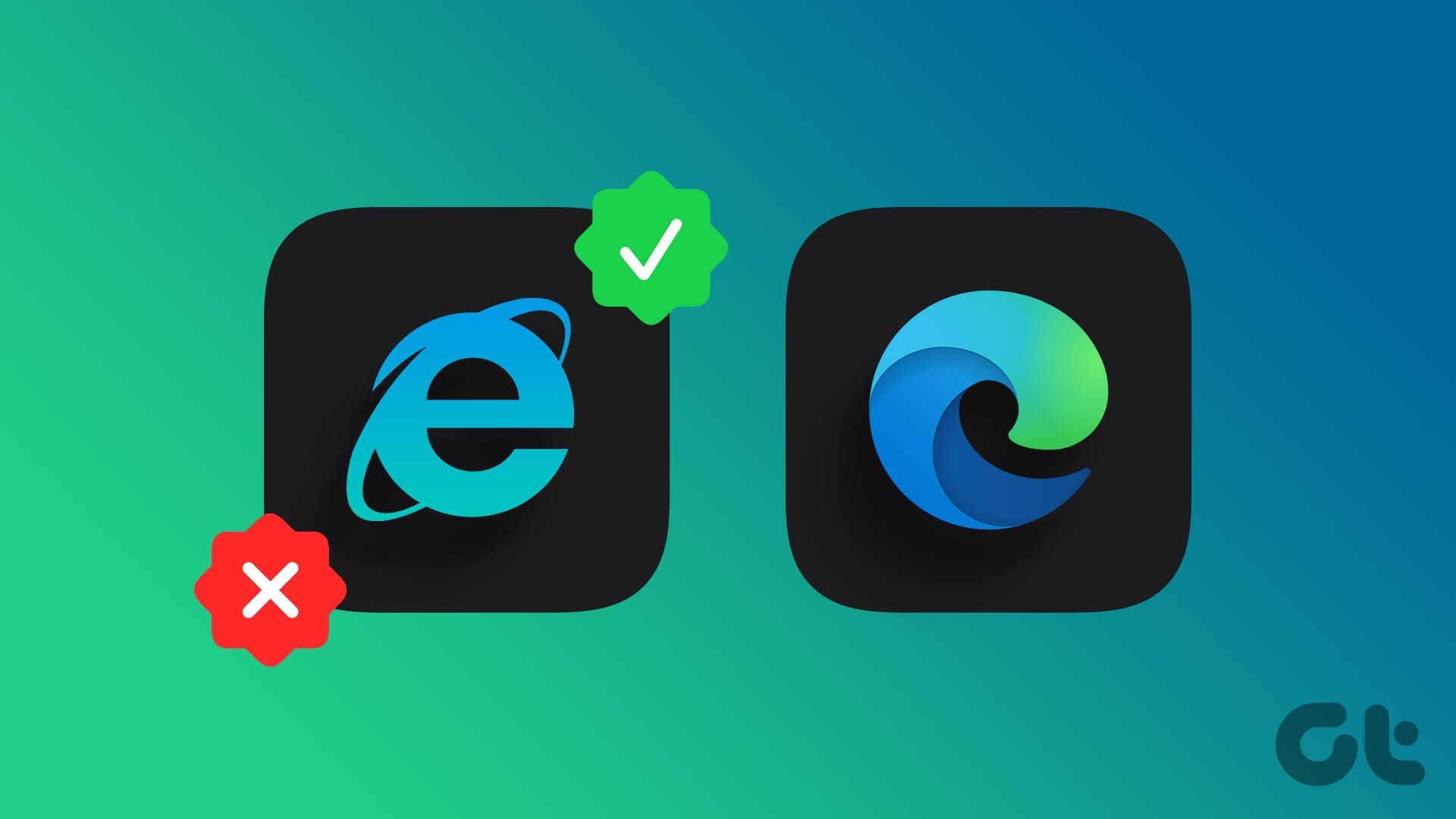Try Basic Fixes
- Switch to a different network: If you’re using a public Wi-Fi connection at a restaurant, mall, or airport that runs on the HTTP protocol instead of HTTPS, Chrome might interrupt you with a “Your connection is not private” error. Consider switching to a private network and trying to load the webpage again.
- Disable VPN: Using a VPN connection can sometimes make it complicated for Chrome to verify the SSL certificate, leading to connection errors. Try turning off your VPN temporarily to see if that resolves the error.
Fix 1: Correct the Date and Time on Your PC
If your PC shows an incorrect date or time, it can prevent apps and browsers from connecting to a server. Since SSL Certificates are only valid for a certain period, setting your PC to the correct date and time is important to establish a secure connection.
Enable Automatic Date and Time on Windows
Step 1: Press the Windows key + I to open Settings. Navigate to Time & language > Date & time.
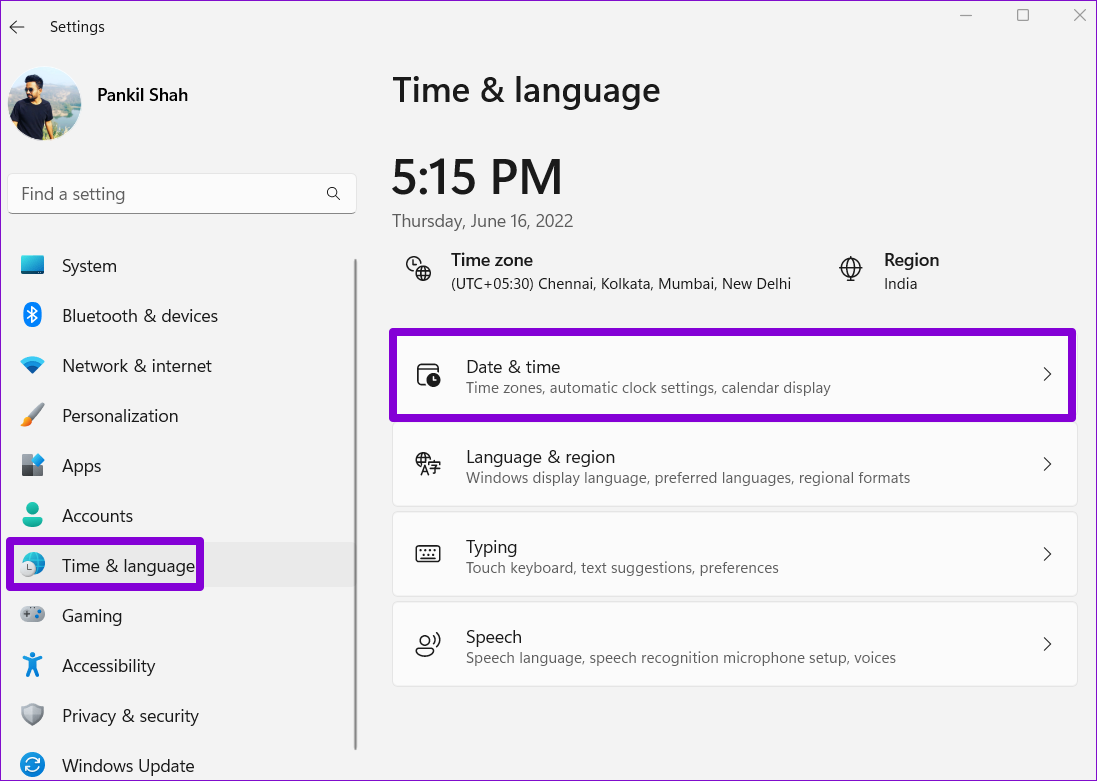
Step 2: Toggle on the switch next to Set time automatically.
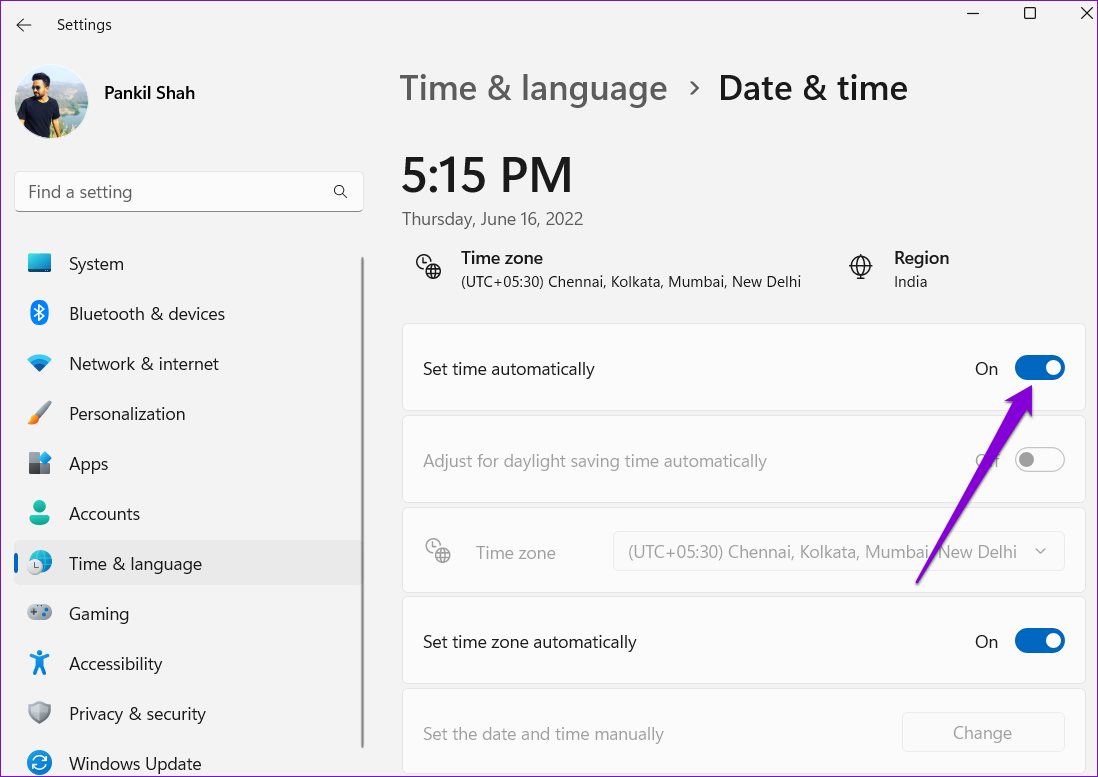
Enable Automatic Date and Time on Mac
Step 1: Click the time indicator on the right of the menu bar and select Open Date & Time Preferences.

Step 2: Under Date & Time, check the box next to Set date and time automatically. Then, use the drop-down menu to select the preferred time server.

Fix 2: Clear Cache and Cookies
If you’re still facing the error despite switching networks and verifying the clock on your PC, Chrome may be loading a cached version of the web page. To ensure that Chrome is fetching a fresh copy of web pages, you’ll need to clear the existing cache and cookies.
For that, press Ctrl + Shift + Delete to launch the Clear browsing data panel. Select All time in the Time range section and mark the checkboxes that read Cookies and other site data and Cached images and files. Then, hit Clear data.

Fix 3: Disable Antivirus Program
Like Chrome, antivirus programs on your PC also actively scan for the website’s SSL certificate. You can dig through the settings of your antivirus program to disable HTTPS scanning or turn off the antivirus program momentarily to bypass certificate errors in Chrome.
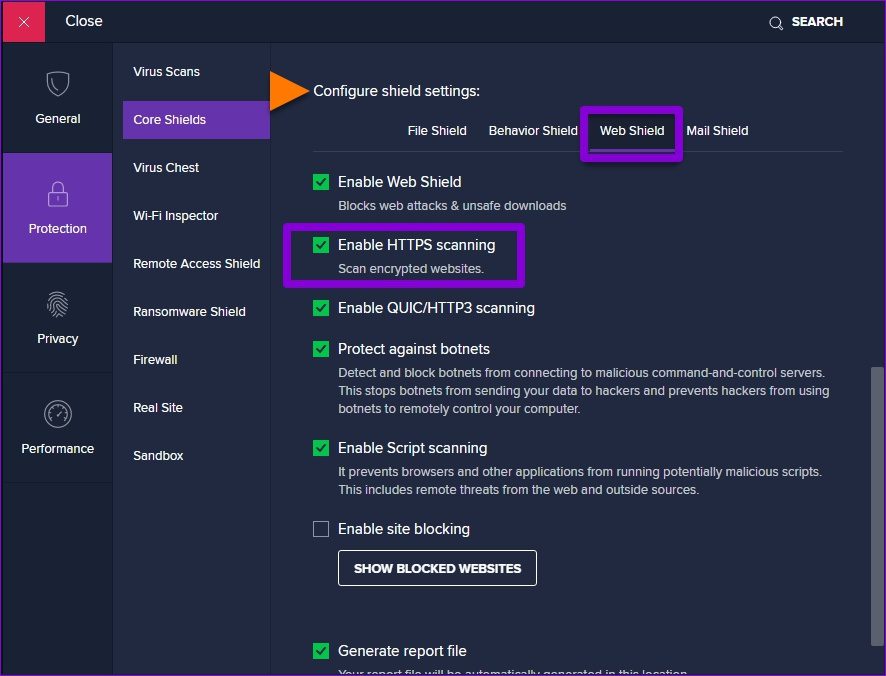
Fix 4: Turn Off Browser Extensions
There’s a chance that one of your third-party extensions is acting up and preventing Chrome from establishing a secure connection. If you suspect that to be the case, try turning off all the extensions and see if it helps.
In Chrome, type chrome://extensions in the URL bar at the top and hit Enter. Then, use the toggles to disable all your extensions one by one.
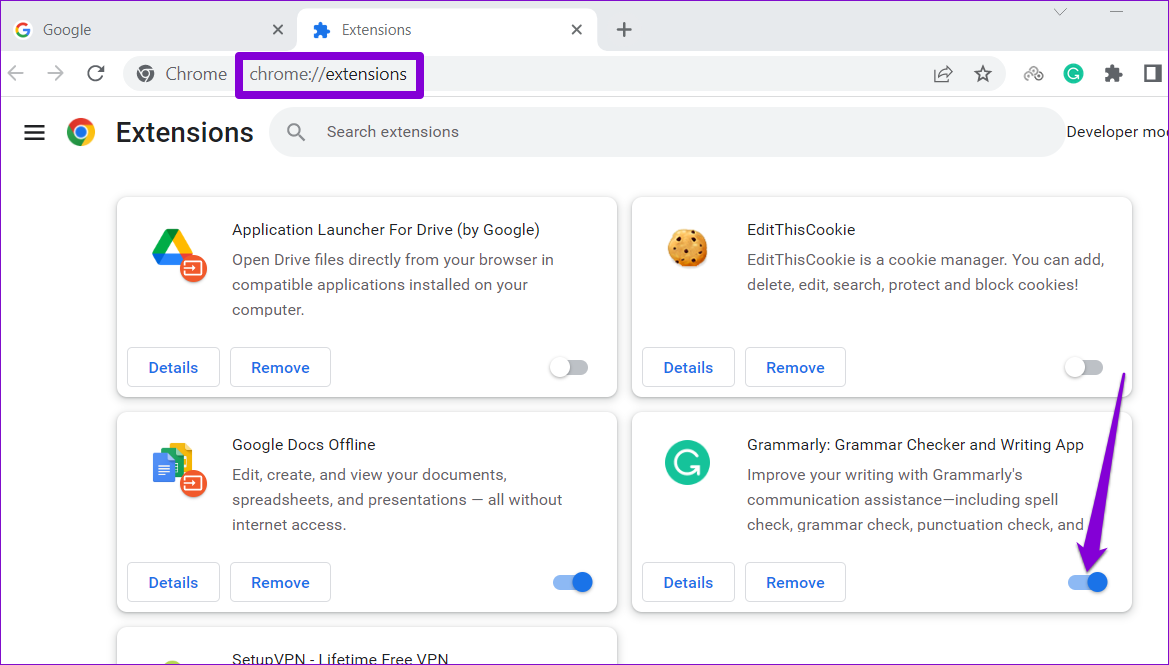
Restart the browser after this and see if the error occurs again.
Fix 5: Change DNS Settings
Another fix that worked for many users while fixing the “Your connection is not private” error is configuring Chrome to use secure DNS. You can also give it a go. Here’s how.
Step 1: In Chrome, click the three-dot menu icon in the top right corner to open Settings.
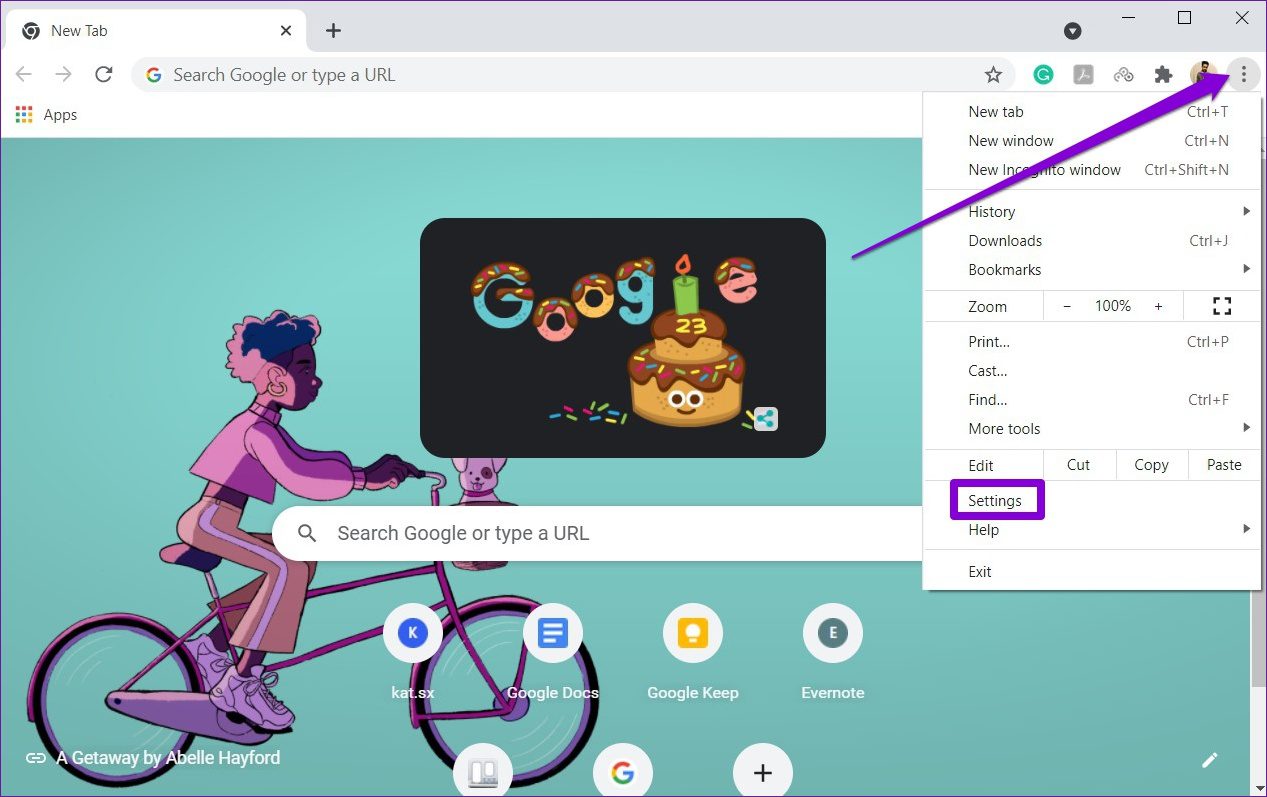
Step 2: Navigate to the Privacy and security tab on your left and click on Security.
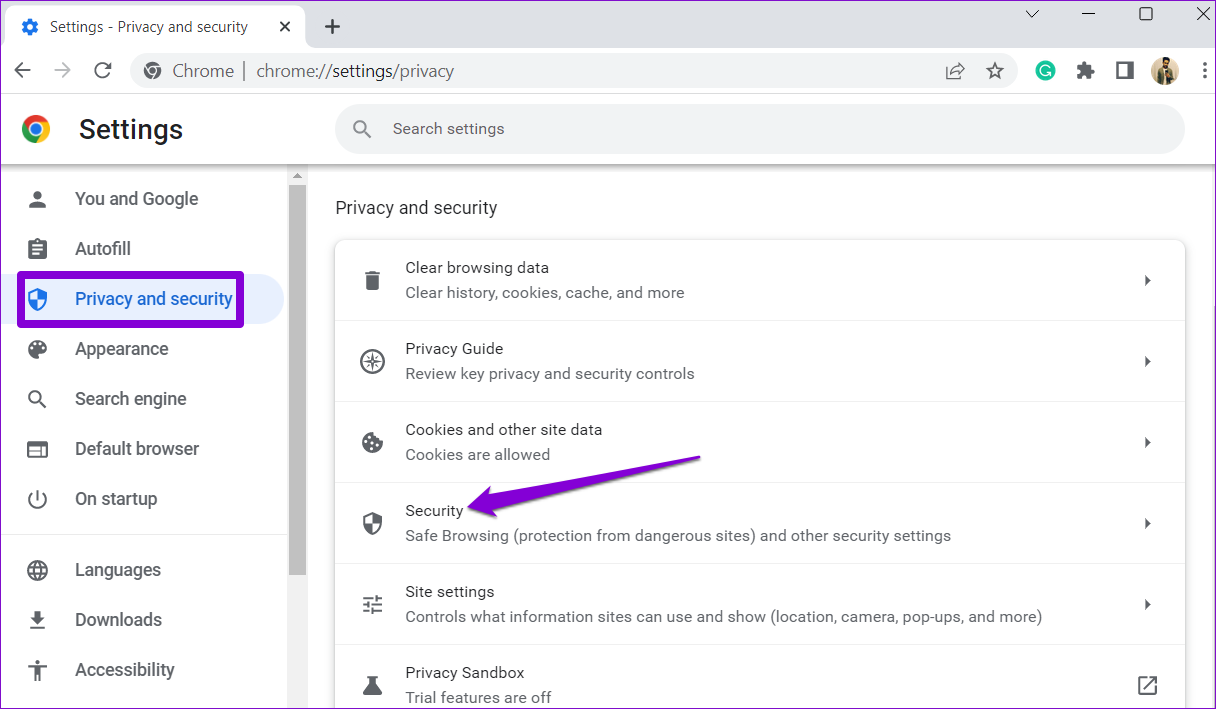
Step 3: Scroll down to the Advanced section and enable the Use secure DNS option.
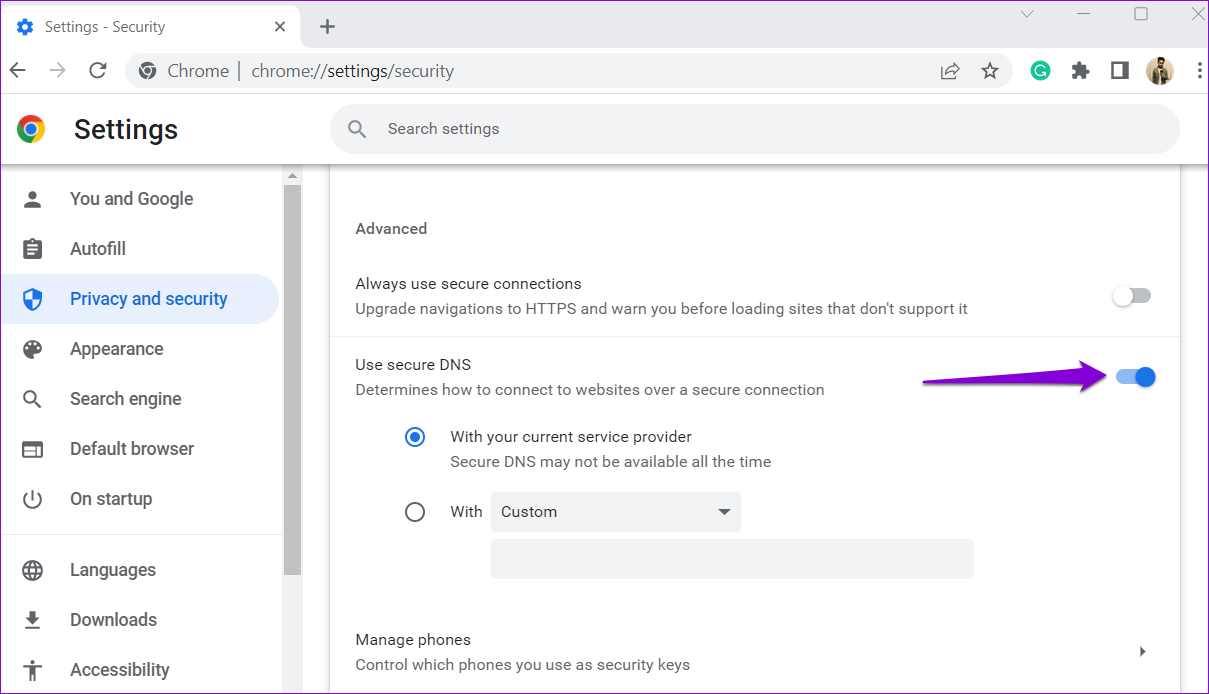
Bonus: How to Bypass the “Your Connection Is Not Private” Error
If the “Your connection is not private” error occurs only for one website, and you need to visit it right away, you can also bypass the error message in Chrome. To do so, click on Advanced and select Proceed to [website domain name].
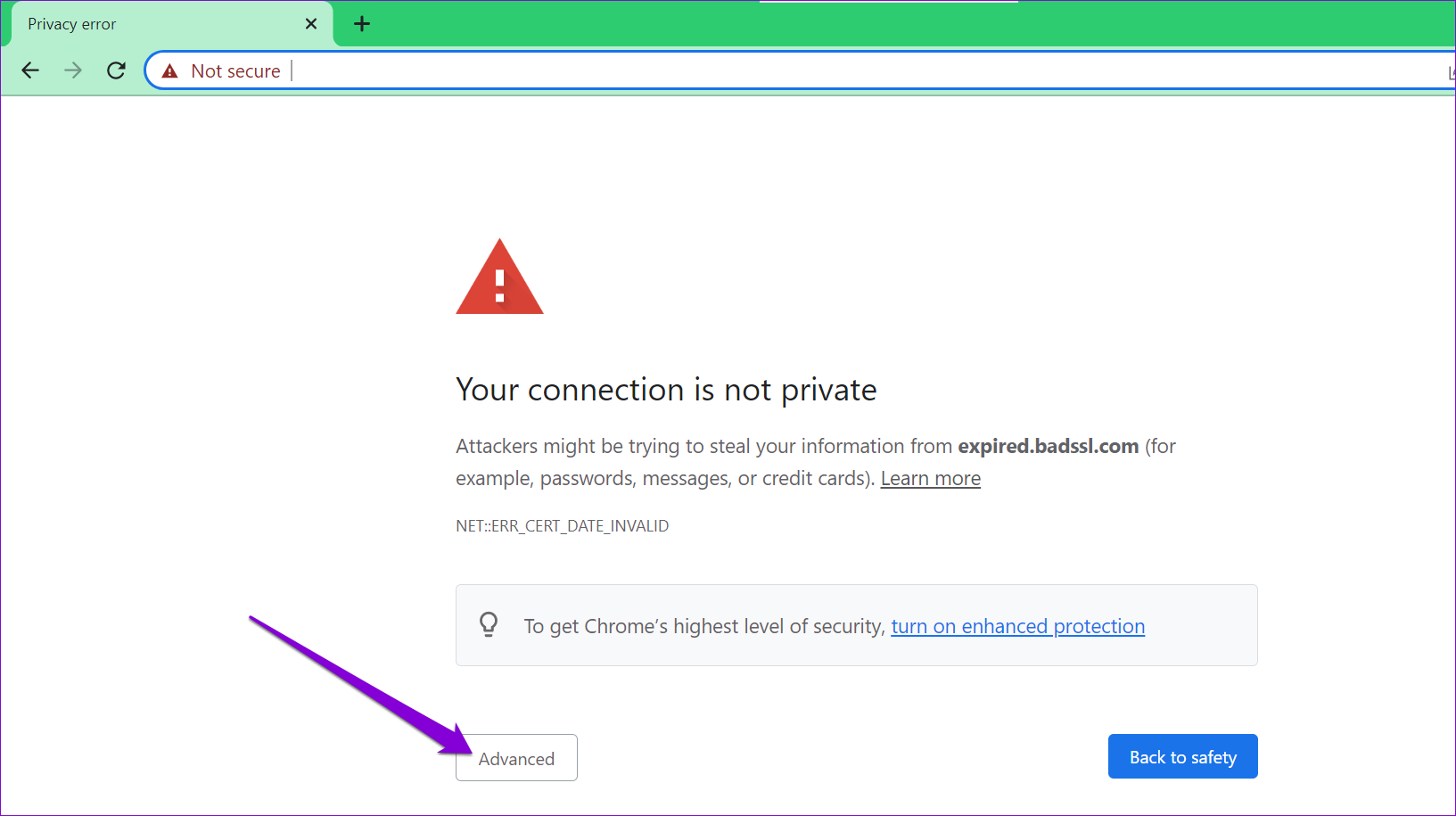
Note: It is not recommended to visit such websites, especially if you’re planning to perform financial transactions as they aren’t safe.
You can also configure Chrome to ignore such SSL connection errors entirely. For that, type chrome://flags in the address bar at the top and press Enter. Search for the Allow invalid certificates for resources loaded from localhost flag. Click the drop-down menu next to it and select Enabled.
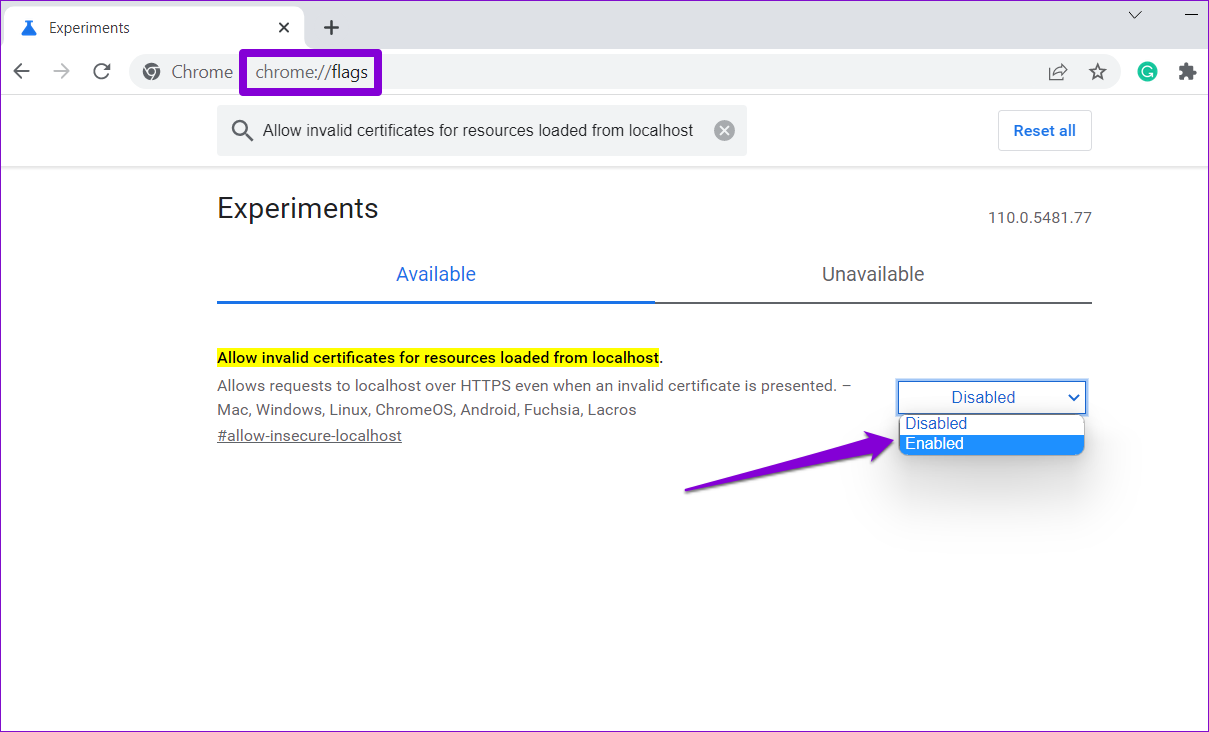
Was this helpful?
Last updated on 19 April, 2024
The article above may contain affiliate links which help support Guiding Tech. The content remains unbiased and authentic and will never affect our editorial integrity.


